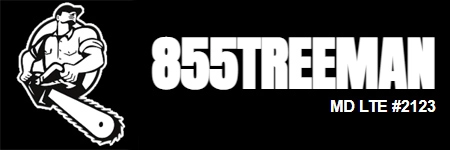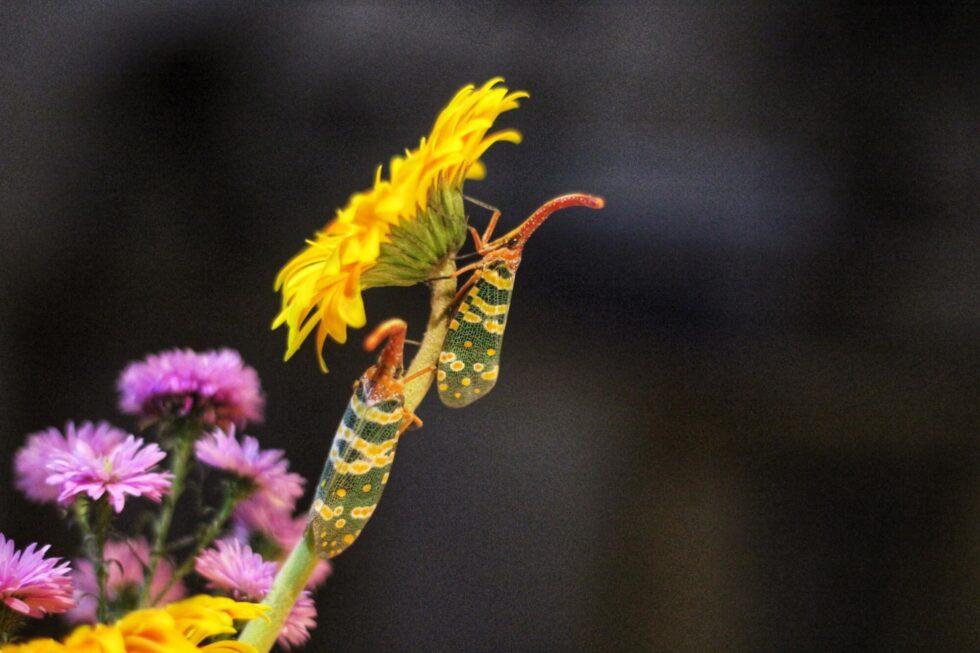If you are looking to curb a Spotted Lanternfly infestation, learning their stages can help. Here is how you can get rid of spotted laternflies in Maryland.
What Is the Threat?
The Spotted Lanternfly (Lycorma delicatula) is also known as SLF. This is a large insect that pierces and sucks the sap from plants as a young nymph. When it grows into an instar nymph and then an adult, it will do the same to a nearby tree.
These pests have elongated, black bodies with bright scarlet underwings. The underwings have black spots at the front, and black-and-white stripes at the back. Their large forewings are usually light brown or gray with black spots, and feature black and gray speckled tips.
At full maturity, spotted lanternflies are about one inch long and 0.5 inches wide. For the initial three instars, nymph SLFs are black and white in color. Yet, they will transition to red as they enter their fourth and final instar phase.
At all spotted lanternfly stages, these insects are great jumpers. Some adults will even fly, though their span is relatively short. These insects overwinter in the egg stage, and will complete one full generation per year.
As the SLF sucks sap from the tree, it inhibits photosynthesis. This weakens the plant and can eventually cause it to die.
Where Is the Threat?
The spotted lanternfly originates in Asia. However, it reached the Unites States relatively recently. In 2014, the first infestation was discovered in Burks County, Pennsylvania.
Researchers predict that the rapid spread of spotted lanternflies traces back to infected material. As this material is transported across borders, SLFs attach to it and travel. Today, you can find these insects across the eastern U.S. coast, in states that include:
- Pennsylvania
- Virginia
- Deleware
- New Jersey
- Maryland
- New York
- Massachusetts
- Connecticut
Note that most SLFs prefer to invade a specific type of tree called the Tree of Heaven. However, younger nymphs are less selective, and will feed on a range of plant species, including fruit trees. In all, these insects will invade around 60 different species of plants, such as:
- Wild grape vines
- Cultivated grapes
- Walnut trees
- Birch trees
- Maple trees
Symptoms of Spotted Lanternflies
If you suspect that spotted lanternflies are invading the plants on your property, then call a local tree service company for a professional diagnosis.
There are a few common symptoms that can indicate the presence of these pests. The most noticeable are the weeping wounds that you’ll see on a tree, which reveal where the SLFs have pierced and fed. These wounds will create a long gray or black trail that travels the extent of the trunk.
This sap will attract other insects, such as ants and flies, to the tree. Similarly, adult, feeding SLFs will release a sweet substance called honeydew that can drip to the ground beneath the tree canopy. In time, this substance will develop into black mold with a soot-like texture.
At the same time, you may also notice clumps of eggs on the leaves of an infected plant. New egg masses are gray in color and clay-like in texture. Older masses will be much smaller, and will look like brown seeds on the host tree or a nearby surface.
What To Do About a Spotted Lanternfly Infestation
A systemic insecticide trunk injection is usually enough to slow the spread of a spotted lanternfly infestation. If possible, treat your trees in the summer (around July 4th), which is the time of year with the fourth-instar nymphs and adults usually appear on host trees.
In some cases, a follow-up application may be required to ensure healthy tree growth. Our team is well-versed on SLF infestations and can help you reclaim your property, one tree at a time. Contact us today to schedule a service!



